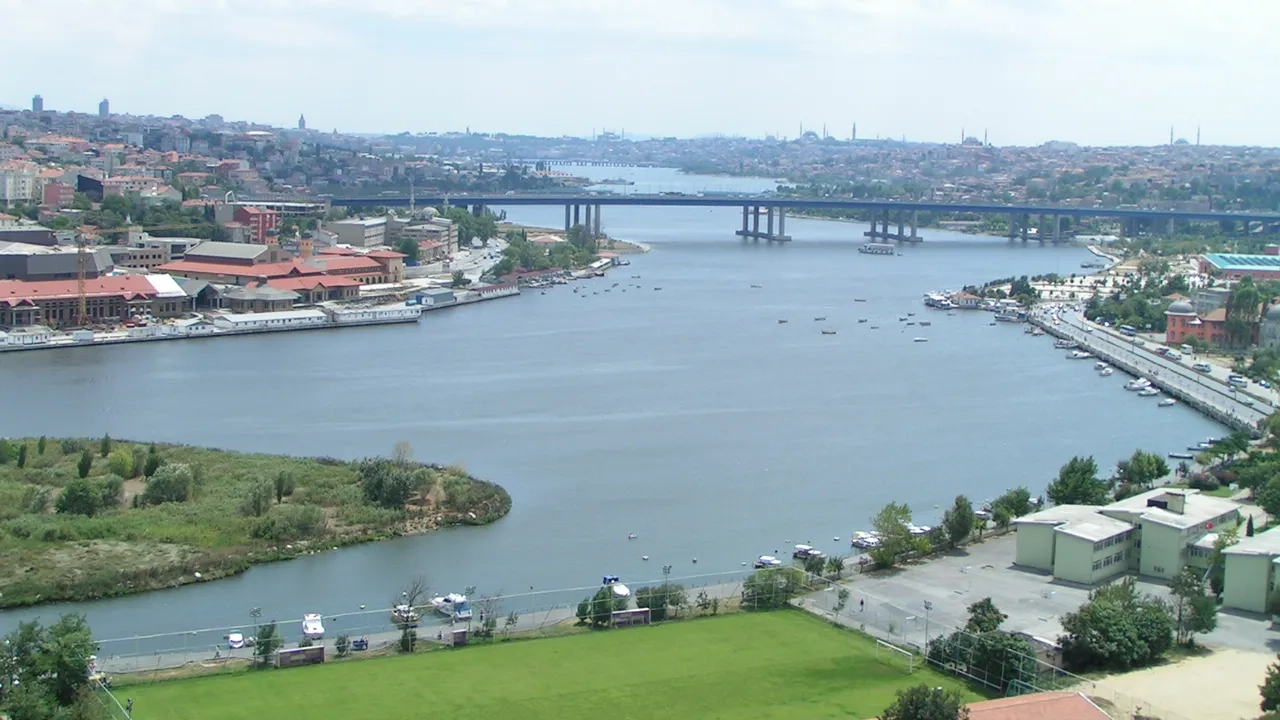
Istanbul Archaeological Museums
The Istanbul Archaeological Museum is one of the most prominent museums in Istanbul, embodying a long history that spans across various eras. The museum houses a unique collection of artifacts that tell the stories of ancient civilizations that flourished in the Anatolian region and beyond. It attracts visitors from all over the world who come to discover the historical treasures contained within its walls.
History of the Istanbul Archaeological Museum
The Imperial Museum was established in 1869 to house artifacts collected from the neighboring Hagia Irene Church. Later, the museum was moved to the main building (the Archaeological Museum), designed by the renowned architect Alexandre Vallaury, and was completed in its current form with the addition of auxiliary units between 1903 and 1907 under the supervision of Osman Hamdi Bey, the director of the Imperial Museum and a well-known painter whose painting "The Tortoise Trainer" is currently on display at the Pera Museum. Vallaury also planned the Museum of the Ancient Orient, which was completed by Osman Hamdi Bey in 1883. In 1472, Sultan Mehmed the Conqueror ordered the construction of the Tiled Kiosk, the only building in Istanbul that features Seljuk-style architecture.
Structure and Sections of the Istanbul Archaeological Museums
Alexandre Vallaury, the French architect, was responsible for designing the Istanbul Archaeological Museum. Between 1897 and 1901, Vallaury created a new building in a magnificent classical style. His architectural contributions, such as those built on the historical peninsula and along the Bosphorus, enriched Istanbul's architectural landscape. In addition, Vallaury designed the Pera Palace Hotel and the Ahmed Afif Pasha Mansion on the Bosphorus.
The Tiled Kiosk Museum
This building, one of the oldest civil structures in Istanbul, was opened in 1880. Historically, the kiosk was used for hunting during the reign of Sultan Mehmed the Conqueror. As the number of artifacts in the museum increased, these artifacts were moved to the Tiled Kiosk. Today, the kiosk displays examples of Turkish ceramics and tiles from the Seljuk and Ottoman periods.
The Museum of the Ancient Orient
Upon entering the museum complex, the first building on the left is the Museum of the Ancient Orient. This museum, dating back to 1883, houses a collection of artifacts representing pre-Islamic Arab civilizations, Mesopotamia (present-day Iraq), Egypt, and Anatolia (with a primary focus on the Hittite Empires). Don't miss seeing:
- An exact replica of the historic Treaty of Kadesh (1269 BC) between the Egyptian and Hittite Empires.
- The ancient Ishtar Gate from the reign of Nebuchadnezzar II of Babylon.
- Glazed terracotta panels showcasing a variety of animals.
The Archaeological Museum
Interest in collecting historical artifacts began during the Ottoman era under Mehmed the Conqueror, but museums as official institutions became clearly established with the founding of the Istanbul Archaeological Museums in 1869 under the name Museum-i Humayun (Imperial Museum). The Museum-i Humayun, which housed artifacts collected from the Hagia Irene Church, served as the foundation for the Istanbul Archaeological Museum. To compensate for the insufficient space at Hagia Irene, the Tiled Kiosk, built during the reign of Mehmed the Conqueror, was converted into a museum. This Tiled Kiosk, still under the administration of the Istanbul Archaeological Museum, was restored and reopened in 1880.
With the appointment of Osman Hamdi Bey as the museum's director in 1881, Turkish museology witnessed significant development. Osman Hamdi Bey conducted excavations at various sites such as Mount Nemrut, Myrina, Kyme, Aloliya Tombs, and the Temple of Hecate at Lagina. As a result of his excavations in Sidon between 1887 and 1888, he discovered the tomb of King Sidon and returned to Istanbul with numerous sarcophagi, including the famous Alexander Sarcophagus.
Visiting Hours and Ticket Prices
During the summer season (April 1 to October 31), the museum is open to visitors from 9:00 AM to 8:00 PM. In the winter season (October 30 to March 31), it opens its doors from 9:00 AM to 6:30 PM.
Where is the Istanbul Archaeological Museum Located?
The Istanbul Archaeological Museum is located in the Eminönü district of Istanbul, Turkey, near Gülhane Park and Topkapi Palace. The museum is one of the city's most prominent cultural landmarks, attracting visitors from around the world to explore the rich history of the region and learn about the various civilizations that have left their mark over time.
Explore the Istanbul Archaeological Museum with Skyline Tourism
Discover the most famous tourist and archaeological sites in Istanbul with Skyline Tourism's exclusive programs, while enjoying the company's comprehensive services in the tourism sector in Turkey.
Photo Gallery









